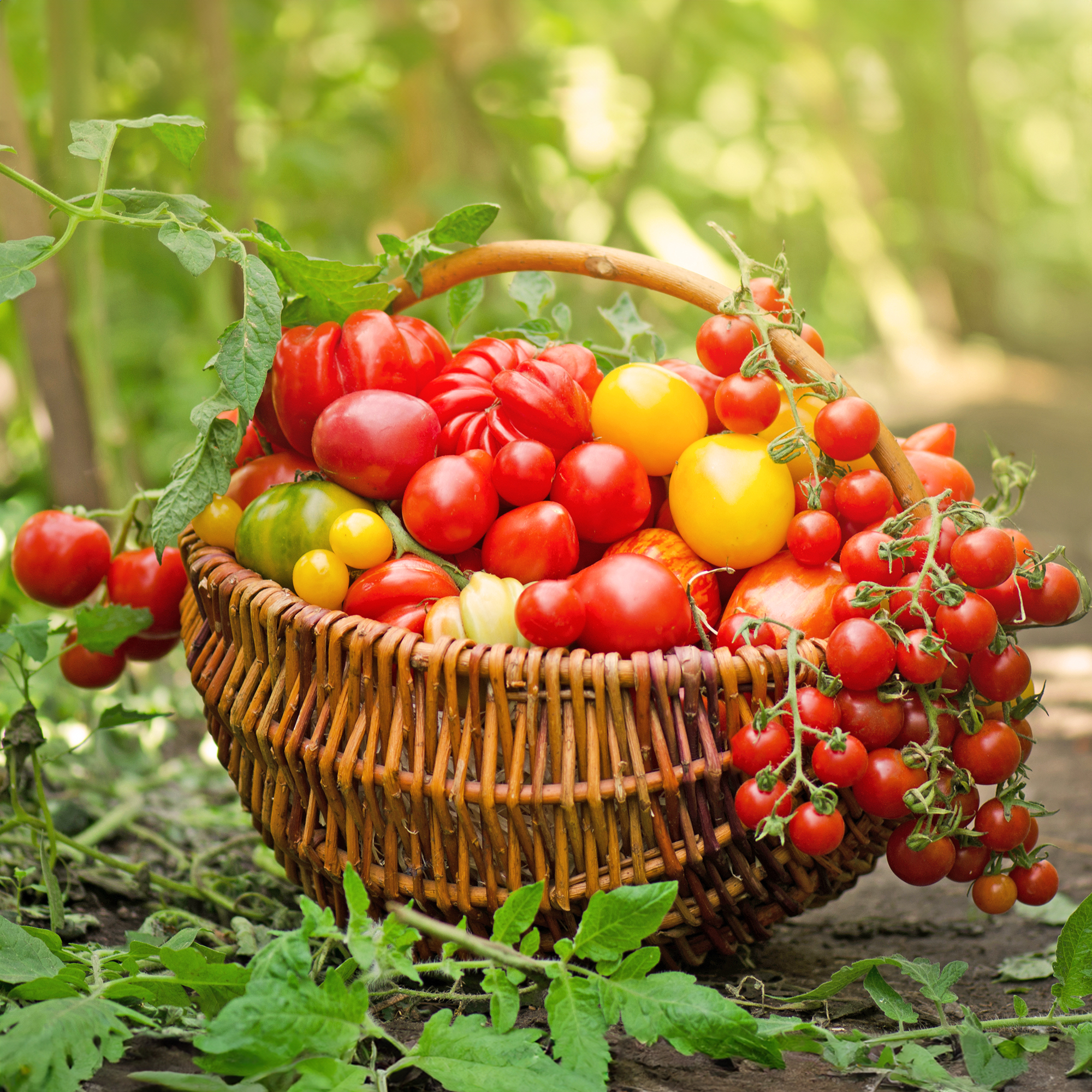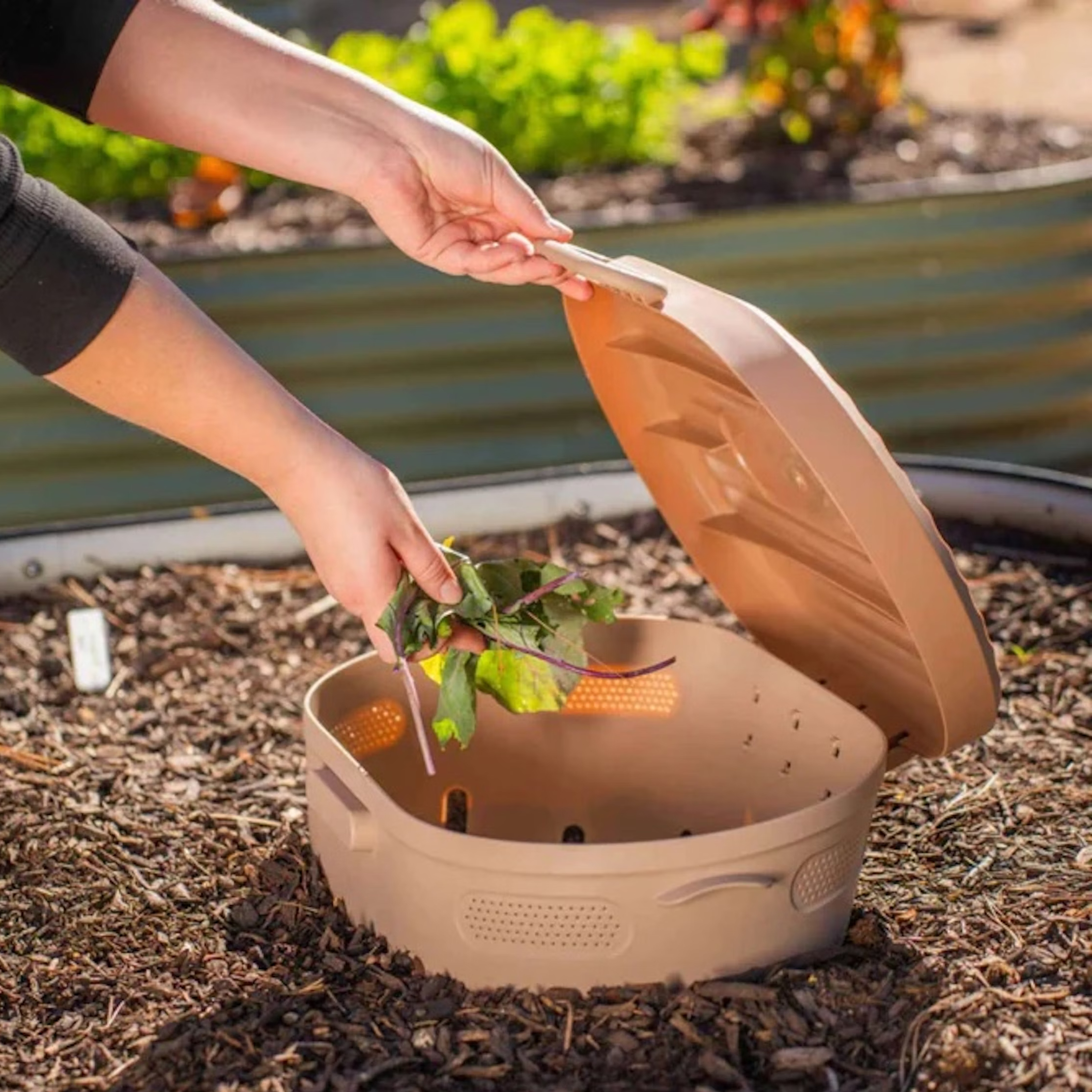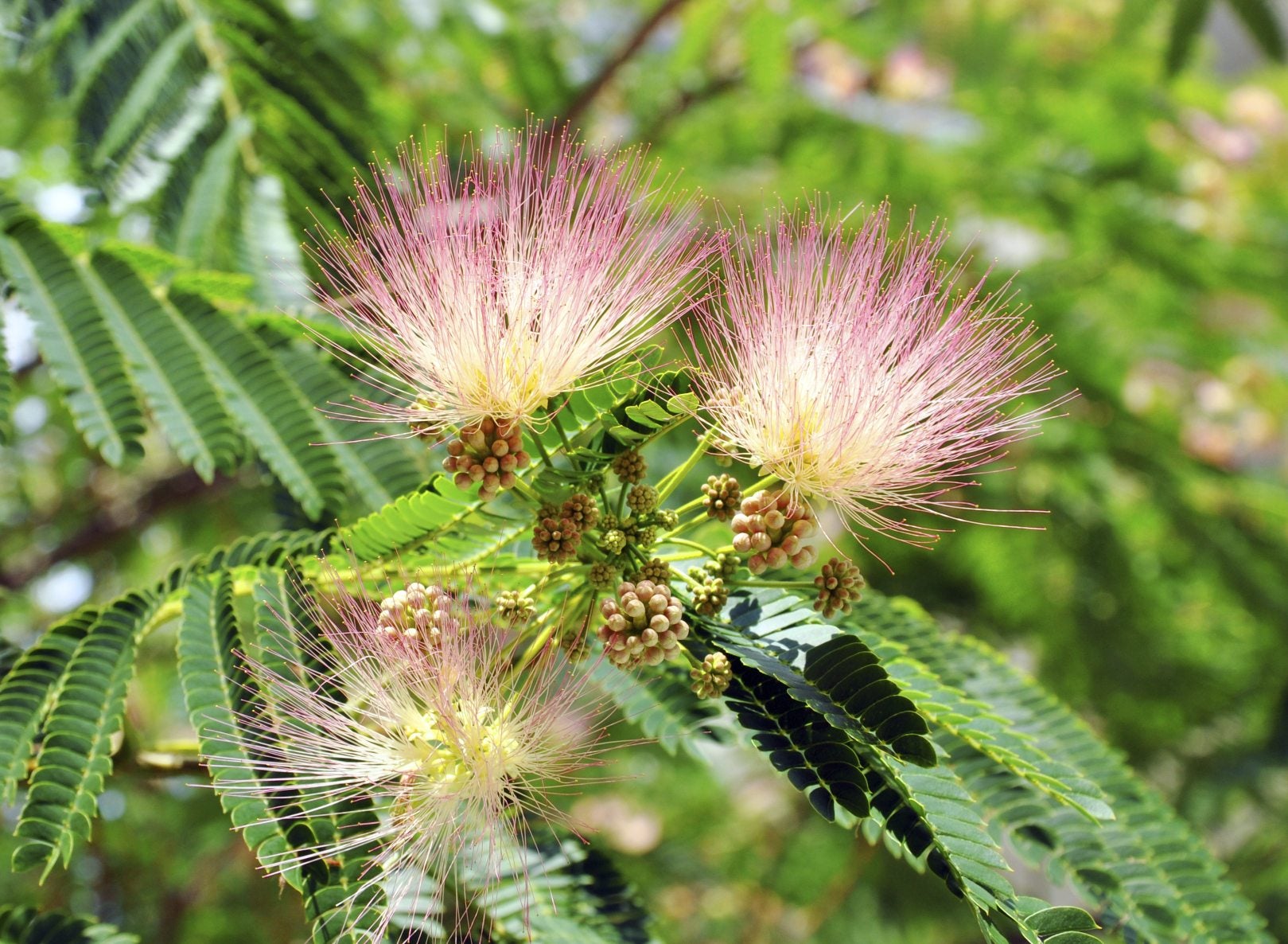Silk Tree Mimosa Growing: Learn About Silk Tree Care

Silk tree mimosa (Albizia julibrissin) growing can be a rewarding treat once the silky blooms and fringe-like foliage grace the landscape. So what is a silk tree? Keep reading to learn more.
What is a Silk Tree?
Mimosa trees are a member of the Fabaceae family and are a popular ornamental tree in the home landscape. Also known as silk trees and Albizia silk trees, these beauties have a lovely feathery habit with wispy pink to rose aromatic flowers. Ideal for USDA planting zones 6 through 9, this tree provides light shade and adds a lovely burst of color amongst other deciduous or evergreen trees, or when used as a specimen. The fringed foliage ranges from bright green to chocolate brown, depending on the variety.
How to Grow a Silk Tree
Silk tree mimosa growing is really quite easy. Albizia silk trees need a little space to accommodate their arching habit, so be sure to plan for this accordingly when planting. Roots like to spread out as well, so it is wise not to plant this tree close to a sidewalk or other cement patio where it could cause disruption. Some people also prefer to locate mimosa trees away from gathering areas because flower and pod shed can be kind of messy. Mature trees open into a lovely 'V' shape and reach about 30 feet (9 m.) high. Mimosa thrives in full sun and is not picky about soil type. The tree is easy to start from a seed pod or a young tree. Anyone who has a mimosa would be happy to share seed pods with you.
Silk Tree Care
Silk trees need just enough water to keep moist; they will even tolerate a short period of drought. A 2 inch (5 cm.) layer of mulch will help to protect the tree and keep the soil moist. If you are getting regular rainfall, it is not necessary to water your tree. Fertilize your tree with compost or organic fertilizer in early spring before the leaves appear. Prune dead branches to keep the tree healthy. Keep an eye out for webworms, which seem to be attracted to this tree. In some regions, canker is a problem. If your tree develops canker, it is necessary to remove infected branches.
Container Growing
Mimosa also makes an excellent container plant. Provide a large container with plenty of loamy soil and excellent drainage. Smaller chocolate mimosa trees make excellent container specimens. Throw in some trailing plants for a beautiful patio or deck display. Water when dry and trim dead branches as needed.
Gardening tips, videos, info and more delivered right to your inbox!
Sign up for the Gardening Know How newsletter today and receive a free copy of our e-book "How to Grow Delicious Tomatoes".
-
 Types Of Tomatoes Explained: Explore The Many Wonderful Shapes, Colors, Flavors, & Best Uses
Types Of Tomatoes Explained: Explore The Many Wonderful Shapes, Colors, Flavors, & Best UsesThe world of tomato varieties is vast and fascinating. Learn about the key types to grow in your garden, tailored to your preferences and space.
By Amy Grant
-
 Try The Trend – Turn Any Bed Into A Keyhole Garden With This Clever In-Ground Composter
Try The Trend – Turn Any Bed Into A Keyhole Garden With This Clever In-Ground ComposterKeyhole gardening is an efficient and sustainable practice that saves space. Get started on this DIY project quickly and easily with an in-ground composter.
By Bonnie L. Grant
-
 Moving Mimosa Trees: How To Transplant Mimosa Trees In The Landscape
Moving Mimosa Trees: How To Transplant Mimosa Trees In The LandscapeMany times, mimosa trees are planted as specimen plants in landscape beds near a home or patio. With its adaptation to almost any soil type and quick growth rate, your one mimosa can quickly turn into a thicket of them. This article will help with moving them to a better area.
By Darcy Larum
-
 Mimosa Tree Facts: Learn How To Get Rid Of Mimosa Tree Weeds
Mimosa Tree Facts: Learn How To Get Rid Of Mimosa Tree WeedsDon't let the fluffy flowers and lacy foliage fool you. Mimosa trees may not be the perfect ornamental for your garden. These trees are invasive. For information on mimosa tree management and control of mimosa trees, this article will help.
By Teo Spengler
-
 Chocolate Mimosa Tree Care: Tips On Growing Chocolate Mimosa Trees
Chocolate Mimosa Tree Care: Tips On Growing Chocolate Mimosa TreesIf your garden could use a touch of the tropics or a little Asian flair, consider growing chocolate mimosa. Find out more about this interesting tree in the following article. Click here for additional info.
By Jackie Carroll